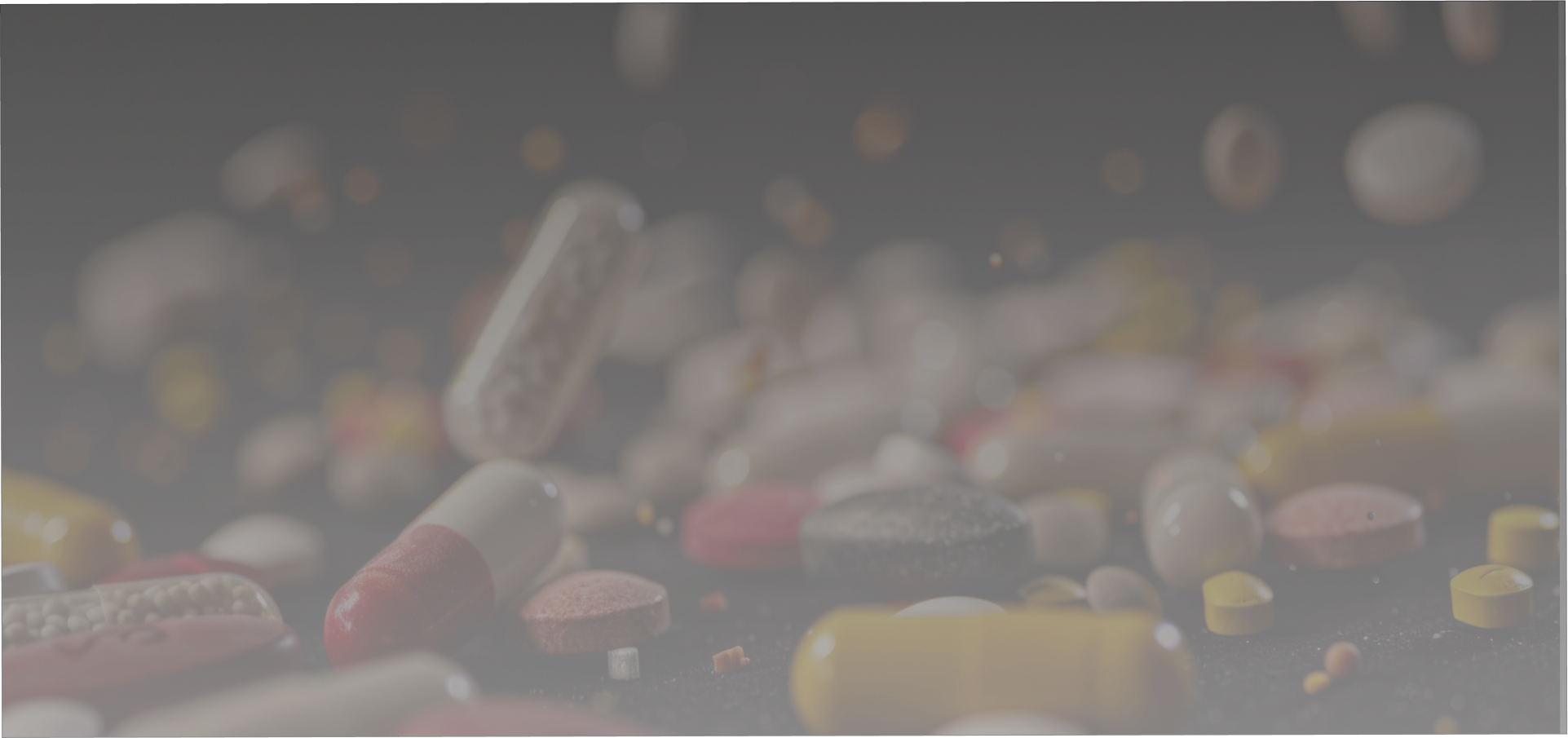The process of figuring out alcohol metabolism in your body proves difficult because people struggle to determine its duration of stay. ETG testing has recently acquired attention because it can identify alcohol use even when the intoxicating effects have disappeared from the body. Knowing the workings of alcohol urine tests with their key findings proves essential because jobs and laws enforce testing, and medical needs serve as reasons to check alcohol exposure.
This article provides complete information on ETG testing, including its operational principles, factors affecting detection periods, and preparation tips for testing. Learning about these elemental factors enables you to select responsibly while teaching valuable responsible drinking behaviors. This article explains all the undisclosed facts about detecting alcohol through urine testing.
Factors Affecting Alcohol Detection in Urine ?
Different conditions determine the amount of time alcohol remains detectable in urine tests. The main factor determining detection length is how much alcohol you consume. Your body retains alcohol based on the volume you consume, so the greater the amount of alcohol you drink, the longer the detection of alcohol occurs in your system.
Metabolic Processes
The detection of alcohol in urine depends on metabolic processes. Alcohol processing among individuals differs according to their genetic makeup and health condition. Young people and heavy individuals tend to process substances more rapidly compared to others.
Hydration Level
The detection times of alcohol depend on the hydration level. Drinking enough water helps dilute your urine, which results in shorter periods of alcohol detection according to urine tests.
The duration for which someone uses alcohol determines detection outcomes. Long-term regular alcohol consumption results in stored traces that stay detectable longer than occasional drinking habits because regular drinkers have built different bodily processes due to their ongoing use pattern.
How Long Does Alcohol Stay in Urine?
The detection time of alcohol in urine tests depends heavily on various factors. The standard alcohol test detects alcohol use from 1 day up to 3 days after drinking. The detection period for ETG testing differs from other alcohol tests. The Ethyl glucuronide (ETG) test for alcohol detection shows the presence of alcohol consumption starting from consumption time up to 80 hours later. ETG testing can identify alcohol consumption in prolonged periods exceeding 80 hours while also detecting alcohol in heavy drinkers for extensive durations. Various personal characteristics determine the amount of influence on alcohol elimination timelines. The processing speed of alcohol depends on three key elements: body weight, metabolic level, and individual health state.
The levels of hydration a person maintains might affect alcohol elimination speed through modest acceleration. People should keep in mind that absolute methods to hasten the removal of alcohol from the body that exceed natural elimination rates do not exist. Testing and detection time awareness requires fundamental knowledge of these particular facts when it comes to decision-making about alcohol consumption. Another way is to get help from the Alcohol Rehab Program.
Understanding ETG Testing and Its Accuracy
The reliable alcohol consumption detection method is referred to as ETG testing, which stands for ethyl glucuronide testing. This technique detects a particular byproduct that develops during body ethanol metabolism. The test detects alcohol consumption, although its effects may already be gone from the body. The sensitivity of ETG testing stands as its main beneficial feature. The detection capability of ETG goes beyond traditional tests because it can identify alcohol consumption up to 80 hours after intake. This test brings high value to legal contexts alongside rehabilitation facilities due to its effectiveness in detecting past alcohol use.
The accuracy of this method extends only to certain individuals. The rate at which alcohol departs from the body depends heavily on the differential ability of each person’s metabolism and hydration condition. Dietary habits, together with health conditions, contribute to altering the results that appear on tests.
False positive results can occur in users when they use items such as medications or mouthwashes that contain ethanol. The effectiveness of ETG test results requires complete knowledge about the testing constraints because this information leads to accurate result interpretation.
Ways to Speed Up the Elimination of Alcohol from Urine
Several speed-up methods exist for removing alcohol from your body after alcohol consumption.
Staying Hydrated Is Essential
Water consumption in large amounts supports efficient elimination of harmful substances from the body. Electrolyte drinks and herbal tea help increase the metabolism of substances within your body.
Taking Nutritious Foods
Adding nutritious foods to your diet will have beneficial effects. Your liver function and alcohol metabolism increase through foods that are antioxidant-rich, such as vegetables and fruits.
Physical Exercise
Your body uses physical exercise to speed up metabolic processes that make substance processing faster. Any form of physical activity, ranging from moderate walking to vigorous exercise, can make a difference in successful metabolism.
Rest plays a critical role. Your body needs recovery time to eliminate alcohol better. Getting enough sleep serves as the most important recovery factor to maximize health benefits.

How to Prepare for an ETG Test
Strategic preparation must be completed when getting tested with ETG. Be mindful of the schedule of the upcoming test. The projected time for testing will guide your substance usage throughout the period.
Complete Avoidance of Drinking
The best approach for passing an alcohol test requires complete avoidance of drinking before the test period starts. Your opportunity to pass the test is limited as the time between alcohol consumption and the testing period extends.
Hydration
The impact of hydration is fundamental to successfully performing an ETG test. Water intake in large amounts supports the removal of toxic substances from your body. Before taking the alcohol test, limit your water consumption to avoid diluted test results.
Skip Foods That Could Impact
Before testing, it is best to skip foods that could impact your examination results. Several compounds inside your body can alter the alcohol metabolism process.
Learn about all the steps you will experience during the testing period. Each step of the testing process becomes easier to understand because this knowledge helps you reduce tension before the experience begins.
The Importance of Responsible Drinking and Knowing Your Limits
Knowing how much alcohol you can handle without issues stands as a fundamental priority. The knowledge helps you make decisions that defend your health in addition to your well-being. Responsible drinking fosters a positive social environment. Responsible alcohol use protects relationships and delivers pleasurable times throughout which no harmful effects occur. Understanding both physical and mental alcohol impacts requires fundamental knowledge for you. The acquired knowledge enables better choices about decisions both during gatherings and solitary events. People who set boundaries avoid excessive drinking behavior. Personal awareness about drink limits leads people to practice moderation while protecting themselves from enduring problems caused by excessive alcohol use.
Understanding alcohol effects through education produces individual advantages that extend their benefits throughout the entire social structure. Learning about risks results in better lifestyles, which allow people to experience pleasurable gatherings that produce no harmful impacts. Your attention to what you eat helps both your quality of life and shields you from danger, as well as the safety of everyone around you.

How long does ETG stay in your urine after drinking alcohol?
The urine detection period for ETG ranges between 24 and 80 hours after alcohol consumption, based on various factors that influence its detection and metabolism.
Can a urine ETG test detect alcohol after 3 days?
Yes, in some cases. Heavy consumption of alcohol allows ETG detection methods to find the metabolite within 80 hours, but standard tests usually detect it within 48 to 72 hours.
What factors affect how long alcohol is detected in urine (ETG)?
The results of ETG testing depend on four main factors: hydration state, liver functioning capabilities and drinking frequency, body weight, and the intensity of the ETG detection measurement.
Is ETG more accurate than traditional alcohol urine tests?
ETG testing proves more sensitive than traditional alcohol examinations because the test detects the longer-lasting body trace ETG instead of ethanol alone.
Can secondhand alcohol exposure trigger a positive ETG test?
Unlikely. The amount of ETG detected through direct exposure to hand sanitizer remains below testing thresholds, which prevents incorrect results from environmental contaminants.


